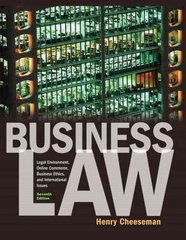


Economics Questions
Question 1: Refer to ECON Chap 5 Q1.png
Consider a simple economy that produces only three products: haircuts, hamburgers, and DVDs. Use the information in the following table to calculate the inflation rate for 2014, as measured by the consumer price index. BASE YEAR (2002) 2013 2014 Product Quantity Price Price Price Haircuts $10.00 $11.00 $16.20 Hamburgers 2.00 2.45 2.40 DVD's 10 15.00 15.00 14.00 The inflation rate for 2014 as measured by the consumer price index is |%. (Round your response to two decimal places.)The recession that began in 2008 was one of the most important economic events for the G7 countries of the last 70 years. Canada's performance during the recession was one of the best in the developed world. Use the data in the table below to calculate the percentage decline in real GDP between 2007 and 2009. Nominal GDP GDP Price Deflator Year Billions of Dollars) (2002 = 100) 2007 $1529.6 111.45 2009 1529.0 114.45 Data from Statistics Canada, Cansim Tables 380-0064 and 176-0043. Real GDP changed by 2.7 % over the 2 year period between 2007 and 2009. (Round your response to one decimal place.)Suppose you were borrowing money to buy a car. Consider the following situations. Situation 1: Suppose the interest rate on your car loan is 18.00 percent and the inflation rate is 17.00 percent. The real interest rate is %. (Round your response to two decimal places.) Situation 2: Suppose the interest rate on your car loan is 5.00 percent and the inflation rate is 2.00 percent. The real interest rate is %. (Round your response to two decimal places.) Situation 1 will be Situation 2 because the is lower.In calculating the consumer price index for the year, Statistics Canada uses the quantities in the basket of goods and services rather than the quantities purchased during the current year. This gives a rise to O A. new product bias. O B. outlet bias. O C. substitution bias. O D. quality bias.Fill in the missing values in the table of data collected in a labour force survey in October 2015 for a particular region. (Round your responses for unemployment and labour force to the nearest whole number. Round your response for employment-population ratio to one decimal place.) Working Age Population Value Employment 19,415,400 Unemployment Unemployment rate 9.0% Labour force Labour force participation rate 67.1% Employment-population ratio














